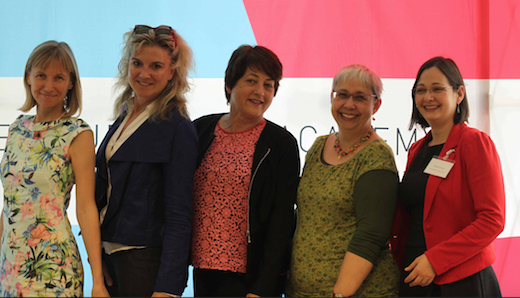A conference at the EU Regional Representation Bonn, Germany, 11–12 May 2015 Workshop URL: http://www.ea-aw.org/events/ea-annual-conferences/ea-annual-conference-2015.html
This conference was about a tension – the tension between the obvious necessities of planning and the opacity of its impacts. Planning is the process of contemplating and organising the set of activities and measures required to achieve a desired goal. Creating and following a plan implies scenario analysis, i.e. forecasting of most likely developments and preparing for challenges and conditions potentially happening on the way.
Planning has obvious advantages. They all center around the possibility to ask „what-if“ questions for evaluating different scenarios and to use predictive information before implementing decisions about activities, which will affect the future in the empirical world. Usually, implementing measures realising planned objectives is risky: there is no linearity between the suggested measure and its desired effect. Analytical approaches trying to offer guidance and support have to acknowledge that any forecasts and predictions on planning success or failure are difficult if not impossible. The real-world implementation of planning measures can also turn out to be expensive. If the implemented measure is a failure, it will not only have had production and roll-out costs, it might even prove to be harmful and lead to some un-intended, very costly side-effects. Last but not least, the time and efforts wasted on the failure might have been better used for a potentially more appropriate set of activities. Furthermore, objectives can change or disappear in the middle of the plan implementation process, and quick and intelligent response is needed.
Dynamic maps and simulations can help to shed light into the darkness of the future – not in predicting it, but in coping with the challenges of complexity, in understanding the dynamics of the system under investigation, and in finding potential access points for planning of its future. The conference provided an overview and critical reflection of advanced tools in so-called “weak prediction”.
DAY 1: Introducing new approaches and methodologies around BigData technologies and simulation, which enable the modelling of planning initiatives while taking into account more parameters than previously possible and performing scenario analysis to forecast potential impacts of proposed planning measures
DAY 2: Reflections on the options and limitations of such predictive approaches, and on the requirements of applied planning scientists and practitioners on them.




